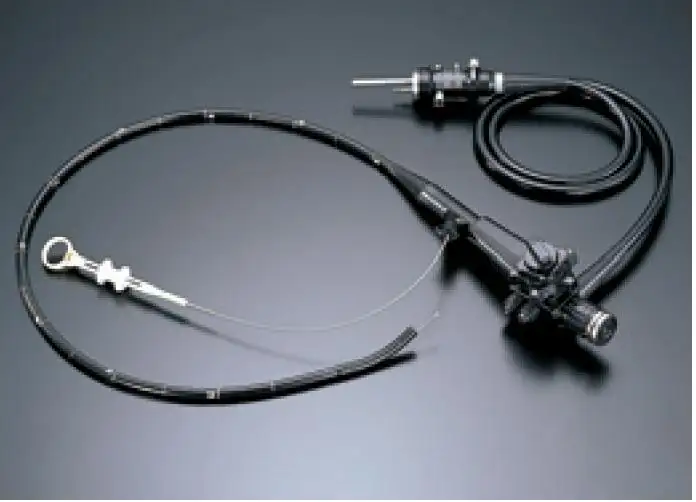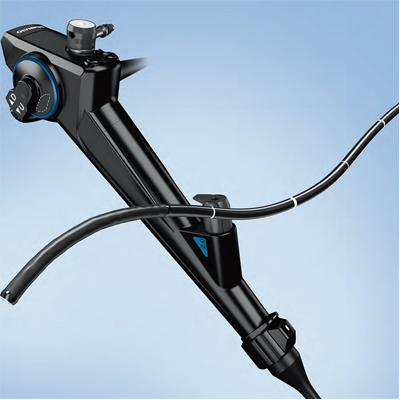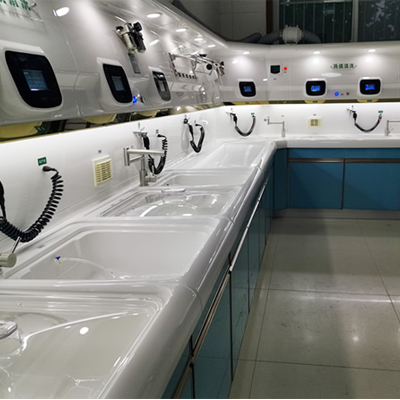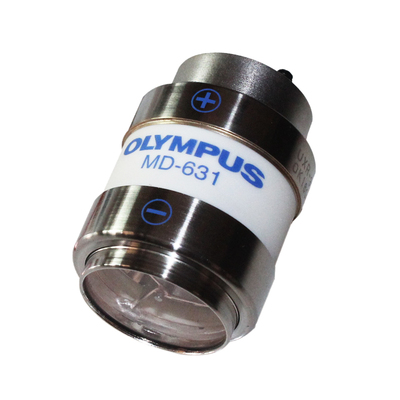
Common faults of Olympus flexible endoscope gastroscope
3月 21, 2022
Causes of endoscope leaks
4月 11, 20221 The air supply and water supply are not smooth
Fault condition: Stains accumulate inside the water and gas pipeline of the endoscope, which causes the nozzle to be clogged and affects the function of air and water delivery.
Treatment plan: Remove the nozzle, replace the nozzle or clean up the stains inside the nozzle, rinse the water and gas pipe, and reinstall it.
2 Insufficient angle
Fault condition: Long-term use causes the extension and aging of the angle steel wire inside the endoscope insertion tube, resulting in the angle is not in place.
Treatment plan: Use special tools to remove the tapered sleeve of the operating unit, the suction interface, the handle of the operating unit, and the angle steel wire fixing parts separately. If the extension of the steel wire is seriously aging, the steel wire needs to be cut short or the insertion tube should be replaced. Adjust the fixing screws appropriately, confirm that the angle is in place, and then install it back to the original part.
3 Bending rubber leaks
Fault condition: Broken rubber on the curved part, water leakage
Treatment plan: Cut off the curved rubber, dry C-Cover 12 hours, remove moisture, replace with a new curved rubber, and test for leakage after completion.
4 knob leaks
Fault condition: Due to long-term use, the internal sealing ring of the knob wears out or the sealing oil dries up, resulting in insufficient air tightness and leakage of the knob.
Treatment plan: Open the operation department, dry the internal moisture, open the top cover of the remote control button, remove the fixing screw, small knob, card lock, small knob, large knob, and sealing ring, and then replace the new product size knob and sealing ring, adjust the fixing plate and install the top cover, and finally detect the leak.
5 Remote control button leaks
Fault condition: The outer skin of the remote control button is cracked, causing water leakage.
Treatment plan: Open the operation department to dry the internal moisture, replace the remote control button and outer skin, and re-weld the signal cable, etc.
6 Poor contact with electrical joints
Fault conditions: the electrical joints are loose, corroded by water immersion, and the cables are in poor contact, causing the images to flicker sometimes.
Treatment plan: Open the electrical connector, dry the internal water vapor or replace the electrical connector.\
7 The objective lens glass is scratched, broken, and foreign objects are attached
Fault condition: Damage to the objective lens glass causes shadows, blurred mirror surfaces, flickering stripes, etc. in the image.
Treatment plan: Check the mirror surface regularly, wipe and clean the mirror surface with alcohol gauze, and choose to replace the NS component or C-Cover assembly.
8 image dark
Fault condition: insufficient brightness of the bulb or broken light guide beam.
Treatment plan: adjust the intensity of the bulb, replace the new bulb or replace the insertion tube and Light guide bundle assembly.
9 No image
Fault conditions: the endoscope is leaking, the endoscope CCD is submerged and burned, the electrical connector of the CCD circuit is in poor contact, the signal line from the host to the monitor is connected incorrectly, and the monitor channel selection is wrong.
Related posts
2月 26, 2023
11月 22, 2022




